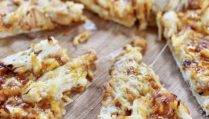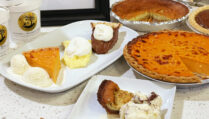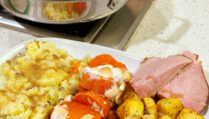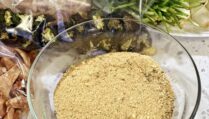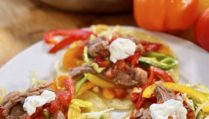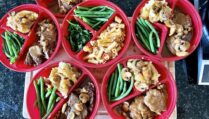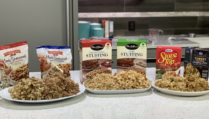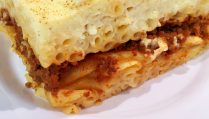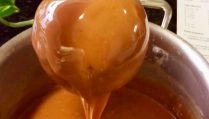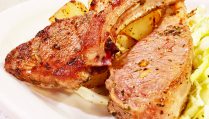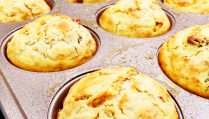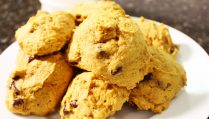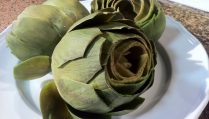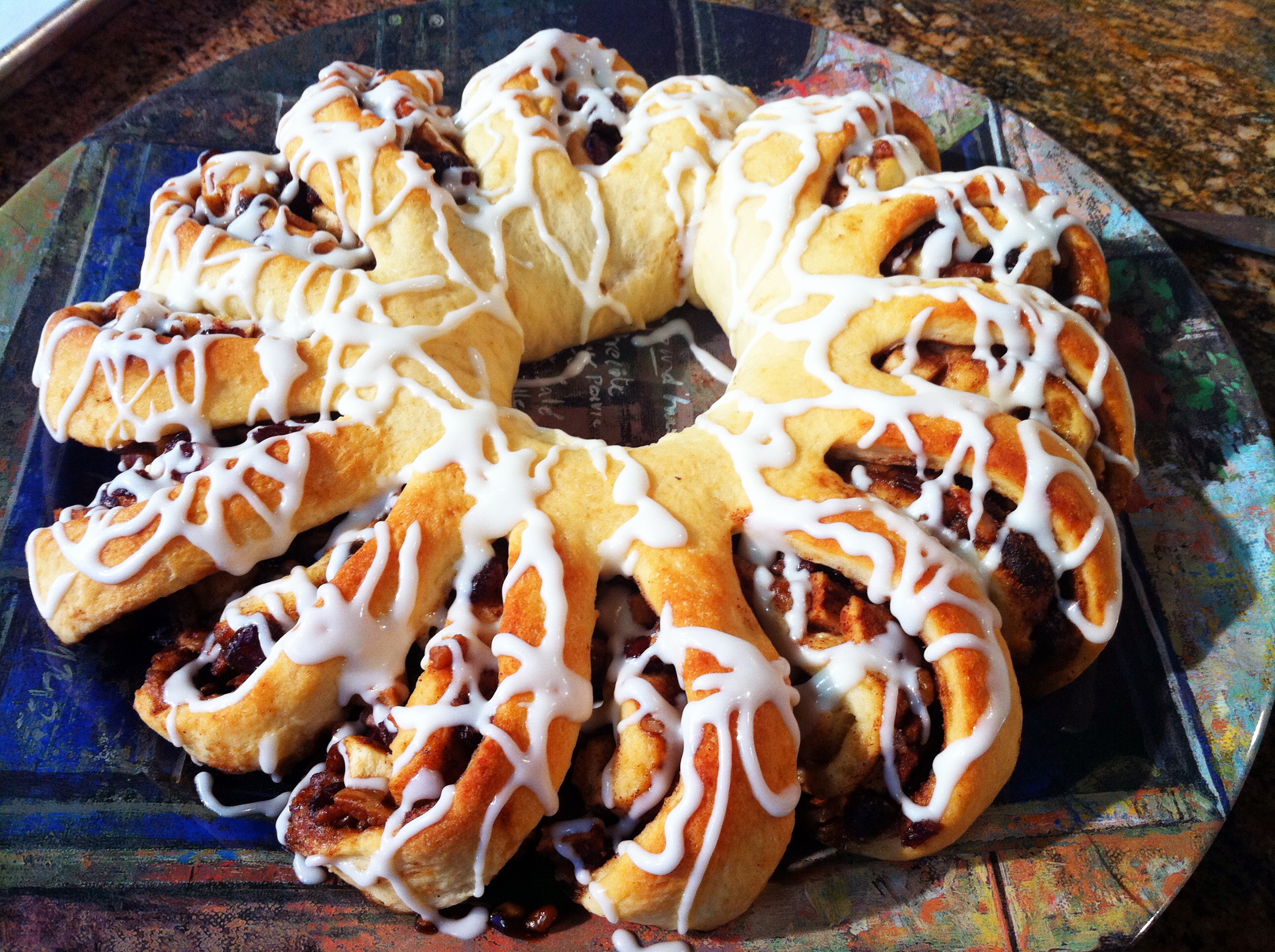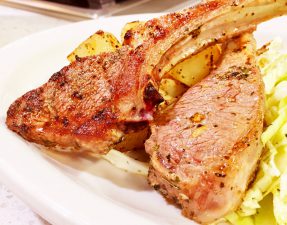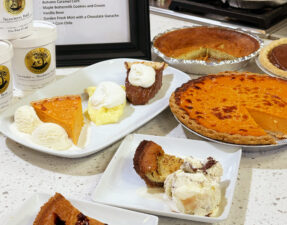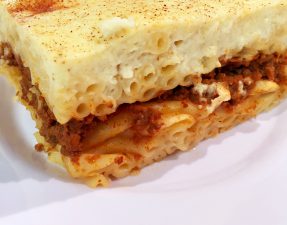The night was cold, dark, and silent as I opened the oven door. A blast of hot air greeted me and accentuated the aroma of fresh bread dough with cinnamon. The familiar clank of the baking sheet being placed on the oven reverberated through the quiet house. The squeaking oven door groaned as I gently closed it. I set the timer for and sat down to enjoy a hot cup of tea. The quiet darkness of the night enveloped my senses as I sat in front of the gas generated fireplace that warmed the cool air swirling around my bare feet. Within a matter of minutes the delicate aroma of cinnamon aroused my senses and carried me back to a time since past of grandma baking her cinnamon rolls on a cold winter’s eve.
Baking is an art that seems to be lost in our confusing world. The world as it once was has been selected like the dinosaurs for extinction and a new world immerges. To imagine a world without the delicate aromas of baking spices is a world I would choose not to live in. With the colder weather upon us, outside activities are shifting from shorts to long underwear; let us create a new world of delicate spice aromas that greet the senses as we walk through our doors.
The manufactures of quick to prepare foods bombard us with marketing that tries to convince us we are simply to busy to bake anything. Instead of baking from scratch, we should simply buy it prepared and bask in its so called home made goodness. This kind of marketing is “crap”. Nothing tastes as good as a truly home made product that started from basic pantry ingredients. Enriched dough’s are simple to make, rewarding, and extremely versatile. I made one batch of enriched dough and made three different breads (granted, it was a big batch).
Enriched bread dough’s contain eggs and generally milk. However, to be successful with bread dough’s containing milk you must first understand that milk must be scalded and allowed to cool down to room temperature before using it in a recipe. Scalding milk destroys enzymes that naturally kill yeast. I like to place the milk and cold butter in a sauce pan on the stove and bring it to a boil. Once the milk comes to a full boil, turn it off and let it cool down to room temperature. The heat of the milk will melt the butter. Once the milk has cooled down, simply proceed with making the dough.
Bread recipes are mere guidelines for making a finished product. I always follow a pattern for making breads. Always start with the liquids, followed by the small quantity of dry ingredients (sugar, yeast, salt, and such) and finally the flour. Never depend on the amount of flour that is listed on a bread recipe. Refer to the flour quantity as merely a suggestion, whereas, you may need to adjust the amount of flour needed to pull the mass together into a soft dough. I always start with half the suggested amount of flour and than add enough of the remaining flour to pull it all together into a soft dough mass. One more important piece of chemistry that needs to be understood about our favorite spice that is endearingly called Sodium Chloride (salt). Salt and yeast don’t like each other and should never be mixed directly together. I always add the salt in towards the end of the recipe when the dough mass is about 60 percent formed.
With this new found knowledge it’s time for a recipe:
Basic Enriched Bread Dough
Recipe Courtesy Chef Bryan Woolley
1 cup milk
2 tbsp butter
1 egg, slightly beaten
2 tbsp sugar
2 tsp yeast
1 tsp salt
3-4 cups flour
- In a sauce pan add milk and butter. Bring to a boil on the stove. Remove from heat. Allow milk to cool to room temperature.
- In a large mixing bowl combine cooled milk mixture, sugar, and yeast. Allow mixture to sit for 5 minutes.
- Add the egg and mix together.
- Add 2 cups of flour and mix for 1 minute.
- Add the salt and mix for an additional minute.
- Continue adding remaining flour until the mass becomes a soft dough. Knead for 4 minutes.
- Remove dough from mixing bowl and place in a greased bowl and lightly coat dough with some vegetable oil to prevent from drying out while proofing. Allow dough to double in size.
- Once dough has doubled in size, remove and allow dough to rest on countertop for 10 minutes.
- Shape dough as desired.
The three different breads I created from this recipe were cinnamon rolls, cinnamon swirl bread with golden raisins and basic dinner rolls. To make cinnamon rolls simply roll the dough into a rectangle, sprinkle with cinnamon and sugar. Roll up into a large roll and using a sharp knife cut the roll into approximately 12 even rounds. Place on a lightly greased baking sheet and allow to double in size. Bake in a 350 degree oven for about 10-15 minutes or until light gold in color. There are many variations out there for cinnamon rolls and I would recommend trying them all. Water, flour, and yeast are cheap, fun to work with, and taste wonderful when lovingly created into tasty breads whose delicate aromas caress our senses.
Dust off those baking pans and let’s get back to kitchen basic…get baking! Don’t be afraid of failing and if at first you don’t succeed; try, try again! I give the home baker 4 stars for creating a wonderful world to live in. Be sure to check out my new website www.backtokitchenbasics.com. This new website is being created to help all of the home chefs return to the basics of cooking, creating, and sharing a truly homemade masterpiece.

